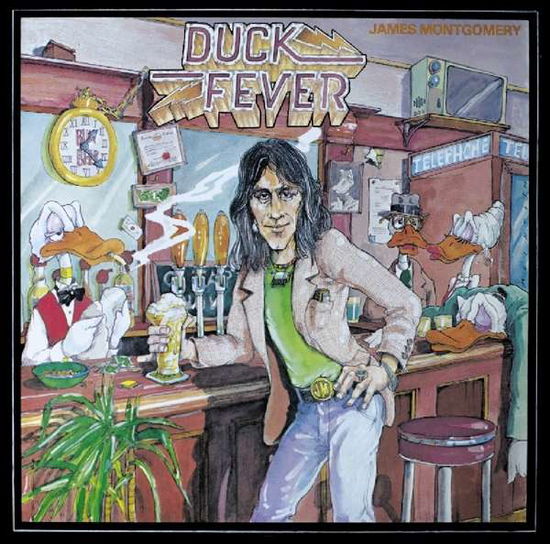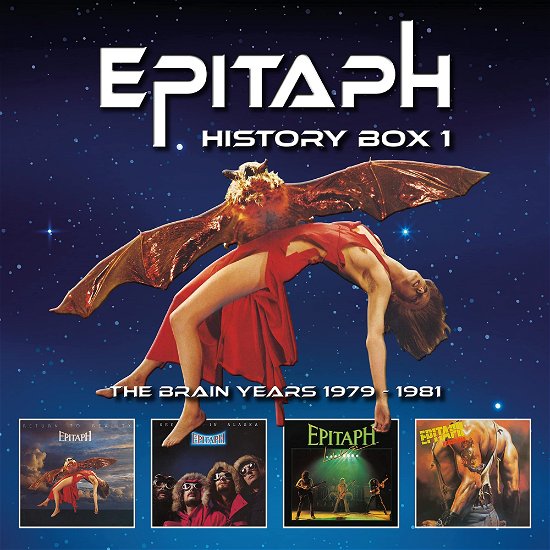
Freunden von diesem Artikel berichten:
Olney Hymns
James Montgomery
Bestellware
Olney Hymns
James Montgomery
The Olney Hymns were first published in February 1779 and are the combined work of curate John Newton (1725-1807) and his poet friend, William Cowper (1731-1800). The hymns were written for use in Newton's rural parish, which was made up of relatively poor and uneducated followers. The Olney Hymns are an illustration of the potent ideologies of the Evangelical movement, to which both men belonged, present in many communities in England at the time. The Olney Hymns were very popular; by 1836 there had been 37 recorded editions, and it is likely that many other editions were printed in both Britain and America. As hymn-singing gained popularity in the nineteenth century, many (around 25) of the hymns were reproduced in other hymn-books and pamphlets. Today around six of the original 348 Olney Hymns regularly feature in modern church worship, the most famous of which is "Amazing Grace". The Buckinghamshire town from which the hymns get their name, Olney, was, at the time of first publication, a market town of about 2,000 people. Around 1,200 of these were employed in its lace-making industry. This was generally poorly paid, and Cowper is said to have described his neighbours as "the half-starved and ragged of the earth". The Olney Hymns were written primarily with these poor and under-educated people in mind. Olney is situated near the borders of Buckinghamshire, Bedfordshire, and Northamptonshire - an area traditionally associated with religious Dissent. Dissenters were Protestants who refused to follow the rules of the Church of England after the Restoration of Charles II in 1660, and when Newton settled in Olney the town still supported two Dissenting chapels. Notable local Dissenters included John Bunyan, from Bedford, author of the Pilgrim's Progress, and another important hymn writer, Philip Doddridge (1702-51), from Northampton. Newton's own associations with Dissenters (his mother was one) meant he was in a position to conciliate with, rather than confront, his parishioners, and he quickly achieved a reputation as a popular preacher. Within his first year at Olney a gallery was added to the church to increase its congregational capacity, and the weekly prayer-meetings were moved in 1769 to Lord Dartmouth's mansion, the Great House, to accommodate even greater numbers. Jesus where'er thy people meet was written for their first meeting at the Great House.
| Medien | Bücher Taschenbuch (Buch mit Softcover und geklebtem Rücken) |
| Erscheinungsdatum | 22. Juli 2016 |
| ISBN13 | 9781535432696 |
| Verlag | Createspace Independent Publishing Platf |
| Seitenanzahl | 176 |
| Maße | 203 × 254 × 10 mm · 362 g |
| Sprache | Englisch |
Weitere Titel von James Montgomery
Andere haben auch gekauft
Andere Titel dieser Serie
Alle Titel von James Montgomery ansehen ( u. a. Taschenbuch , Gebundenes Buch , Buch und CD )


![Cover for James Montgomery · The Pelican Island (Gebundenes Buch) [Illustrated edition] (2023)](https://imusic.b-cdn.net/images/item/original/066/9780992422066.jpg?james-montgomery-2023-the-pelican-island-gebundenes-buch&class=scaled&v=1422367457)





























![Cover for Grim Reaper · See You In Hell (CD) [Japan Import edition] (2022)](https://imusic.b-cdn.net/images/item/original/412/4527516021412.jpg?grim-reaper-2022-see-you-in-hell-cd&class=scaled&v=1656841840)







![Cover for Fleetwood Mac · Tusk (CD) [Expanded edition] (2015)](https://imusic.b-cdn.net/images/item/original/842/0081227950842.jpg?fleetwood-mac-2015-tusk-cd&class=scaled&v=1446824841)




![Cover for Bob Marley & the Wailers · Catch a Fire (CD) [50th Anniversary Deluxe edition] (2023)](https://imusic.b-cdn.net/images/item/original/835/0602455659835.jpg?bob-marley-the-wailers-2023-catch-a-fire-cd&class=scaled&v=1694761147)
